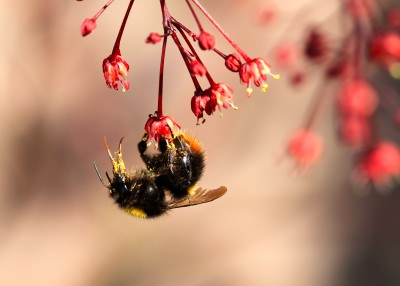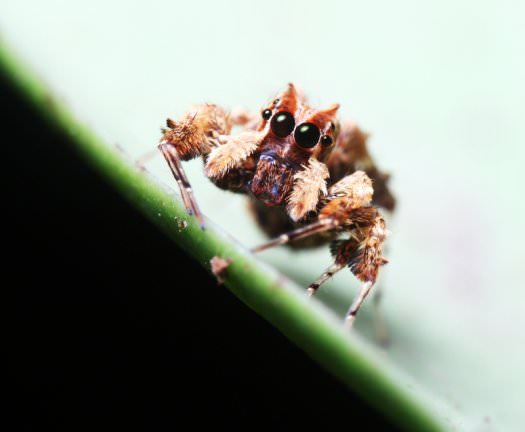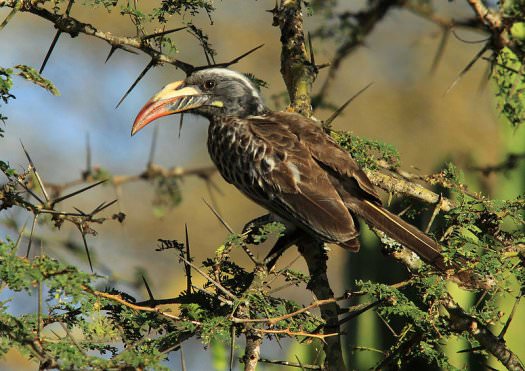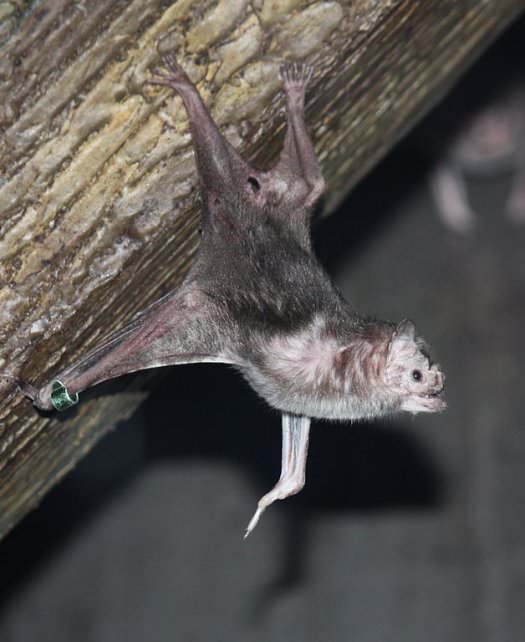
|
From counting and dancing to incredible communication skills - these five animals may not look like Einstein's, but compared to other animals of their kind - they are geniuses. |
|
Monitor Lizards - Counting and cooperation. |
 |
|
Most of us wouldn't choose a lizard as an intelligent creature, and most of them aren't. But the monitor lizard is surprisingly smart. Studies have shown that this dinosaur-looking lizard can count up to six! The smart lizard was challenged like so: Every day it would be given a sequence of snails (it's favorite treat) to eat. First 4 and then up to 6. The lizard, after eating, would be led to another room with 4 more snails.
However, when given only 3 instead of four, the lizards continued to look for the missing snail, even when given access to the 'bonus room'.
These lizards are also known to cooperate with each other to get food. One will lure a crocodile (usually a female) away from her nest, while the other lizard will go in and dine on the tasty eggs. How about that for smarts?
|
|
The Honey Bee - Cognitive map, communication dance and navigation. |
 |
|
The honeybee may look like a simple creature, but it belong to one of the most complex social systems of any known animal, and has been studied more than most mammals (the honey may have something to do with that). Despite all this research, very little is known about the actual honeybee intelligence.
The most fascinating and controversial issue about the honeybee intelligence is what's called the 'waggle dance'. When a honeybee comes back to the hive after it has found a source of food, honeybees break into a bizarre and elaborate dance before they go and collect others to get the rest of the food back to the hive.
Researchers have spent years studying this dance, and have suggested that hte dance may be an encoded message that gives precise instructions to the other bees about where to find the food and how far it actually is. These variables are based on changes in the angle of the dance, the speed and the time of day. Others claim that the dance is just to draw attention, and the real instructions are given by odor.
Other than this form of communication, honeybees are smart because they can maintain a map in their haed of the surrounding environment, including any objects on the way. They can discriminate between colors. When presented with two colors - one that leads to food and one that does not - honeybees learned incredibly quickly to choose the right color.
However, for all their intelligence, the honeybee memory is about 5 seconds long, so the beed doesn't have much time to make a decision!
|
|
The Portia labiata Spider - Smart Hunter |
 |
|
This little spider is a jumper which is mostly found in Southeast Asia. It is commonly referred to as an 'eight legged cat' because of how clever and creative it is when hunting. The Portia Labiata spider can learn from his mistakes - literally avoiding techniques that didn't work for it in the past and trying, by trial and error, to come up with better ones.
An example of how smart it is? The portia Labiata sometimes stalks other spiders. It does so by using the web against the spider that made it. By plucking on the strings of the web in a very specific way, the Portia spider mimics the vibration a fly would make, and so the other spider comes rushing out to get to its prey - only to find the Portia Labiata spider pouncing on him!
So if you ever shrink down 10 times your size by a mad scientist, avoid this clever hunter at all costs!
|
|
African Hornbill - Speaks 2 Languages |
 |
|
The African Hornbill is one of the only animals on earth that speak more than one language. Apparently, this bird has learned to speak monkey. Or most accurately - Diana Monkey.
A study found that the African Hornbill is able to understand the warning calls that monkeys sometimes make at each other, to warn about a predator. The hornbill will even ignore calls about threats that don't concern it - like the sound monkeys make to warn of a leopard, and only respond to those that may threaten it directly.
|
|
Vampire Bats - Good deeds for those who did for them. |
 |
|
Vampire bats scare many people. They are, after all - a parasite. But even parasites, apprarently, are able to not only work together, but even do each other favors!
Yes, a study by Gerald Wilkinson showed that bats share food with other bats who are hungry, and not only that, but they keep score of who shared with them in the past, and are much more inclined to share with them than with anyone else.
|
Submitted by user: Rajesh Sourash